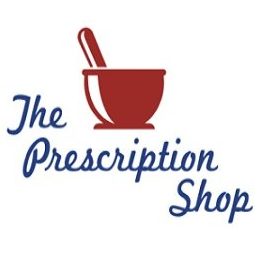What is Acne?
Acne, also known as pimples, is what happens when there is an overproduction of skin oil (sebum) related to hormonal changes coupled with dead skin cells clogging hair follicles leading to inflammation and the increased growth of the normal skin bacteria P. acnes. It is most commonly present at puberty with an estimated ~85% of 12 to 24 years old being affected. It often gets worse until the late teens but slowly gets better although late onset in adult years can occur.
Commonly affected areas include the face, neck, chest, upper back and upper arms. Although there is no cure, there are some things that can help prevent more breakouts.
What can I do for self-care?
It is recommended to use a gentle cleanser, and no more than twice daily. Examples of mild soaps include: Pears, Aveeno, Dove and Olay. Soapless cleansers are also recommended, such as Cetaphil or Spectro Jel.
Avoid irritants (such as rubbing alcohols and the like), abrasive scrubs, scrubbing the face, and the use of greasy products as these may be more detrimental. When choosing cosmetics, creams, hair products and the like, look for “oil-free” or “non-comedogenic”.
Shave lightly, once, and along the grain of the hair growth. Avoid picking and squeezing as they can delay healing, cause infection or possible scarring.
Try to find methods to reduce your stress. Studies have shown some correlation between stress levels and acne severity. Although diet changes may have little effect, moderation of milk intake may be helpful.
What can I use to treat it?
The most commonly recommended over-the-counter (does not need a prescription) product available for acne is benzoyl peroxide. It has both an antibacterial and an exfoliant effect and is available OTC in strengths of 2.5% and 5%.
As a first line therapy for mild-moderate acne, it is applied once daily at bedtime or twice daily. The full benefits of the medication may take up to three months, and sometimes worsening can be seen in the first 2 to 4 weeks, but don’t be discouraged! Ensure that a thin layer is applied over the ENTIRE affected area (as opposed to spot treatment).
Side effects include dryness, redness, burning and peeling. These side effects can be minimized by starting with the lower strength or less frequent applications and increasing strength and frequency as tolerated. Benzoyl peroxide also has a bleaching component; therefore, hair and fabric may discolour. It can also interact with other topical acne medications, so it is recommended to have them spaced at opposite ends of the day.
If your acne has not improved sufficiently with self-care, please follow up with a physician. Early and aggressive treatment helps reduce the risk of scarring.
References available on page 2.
